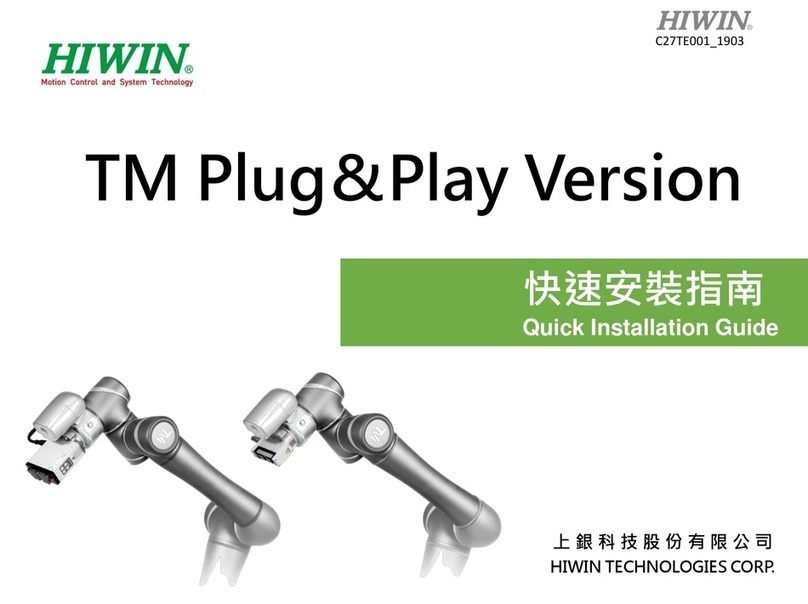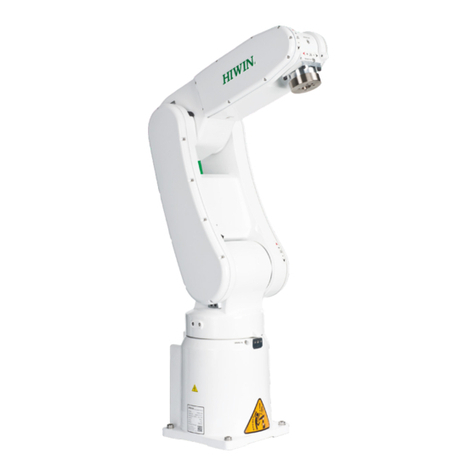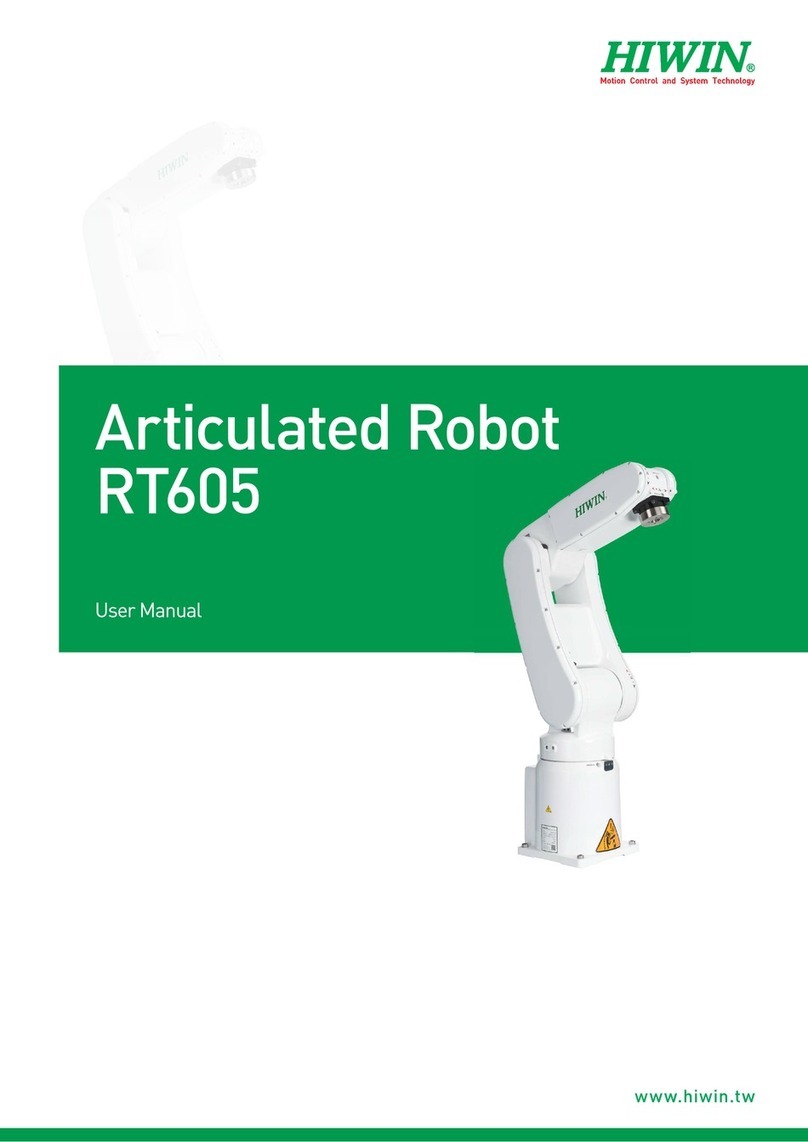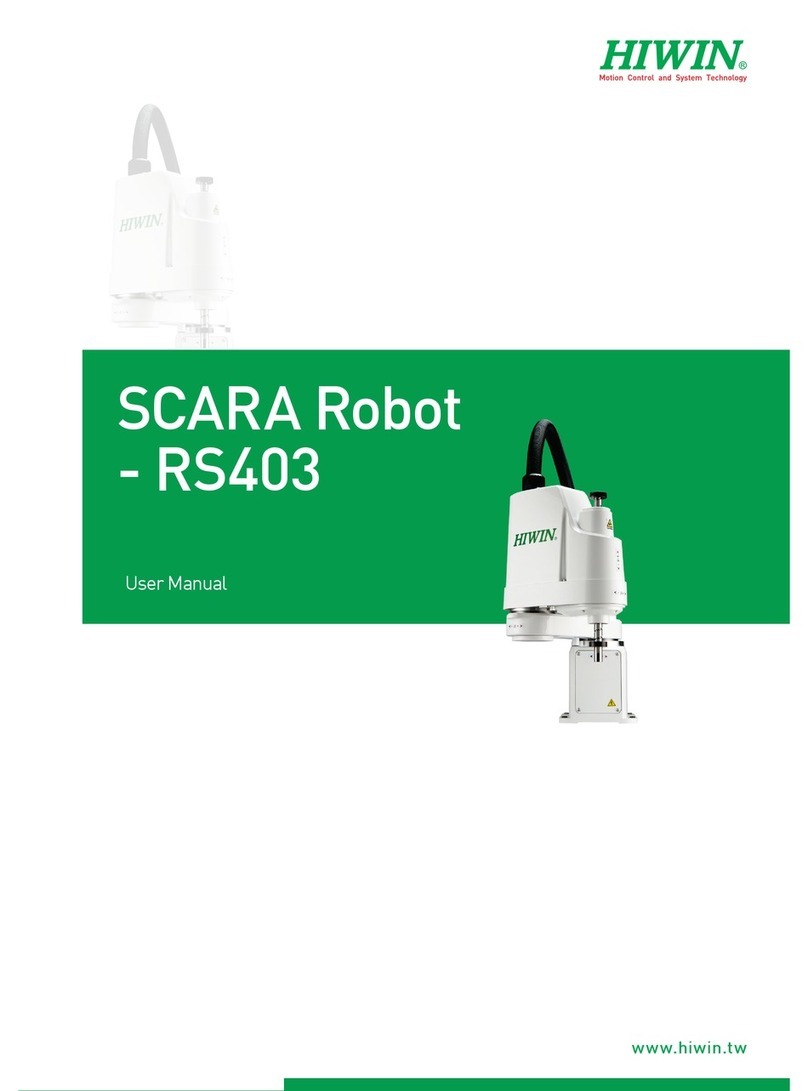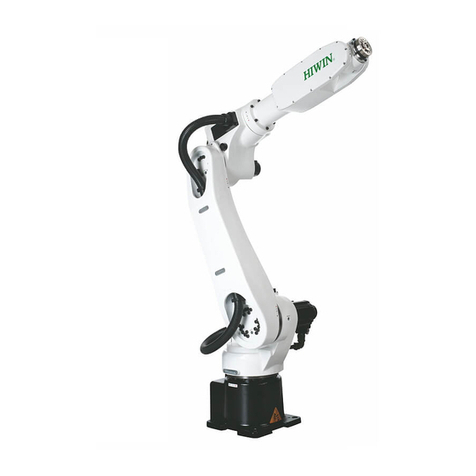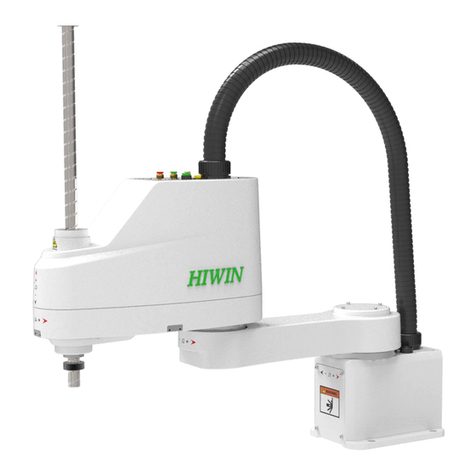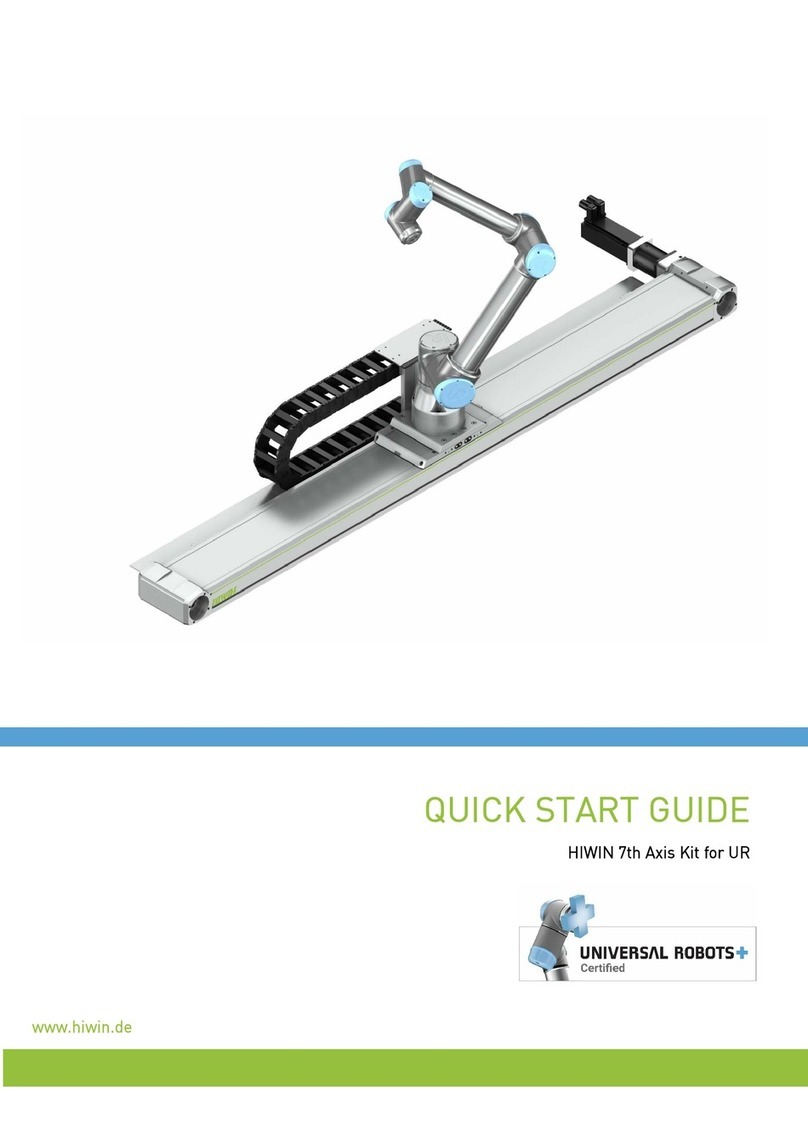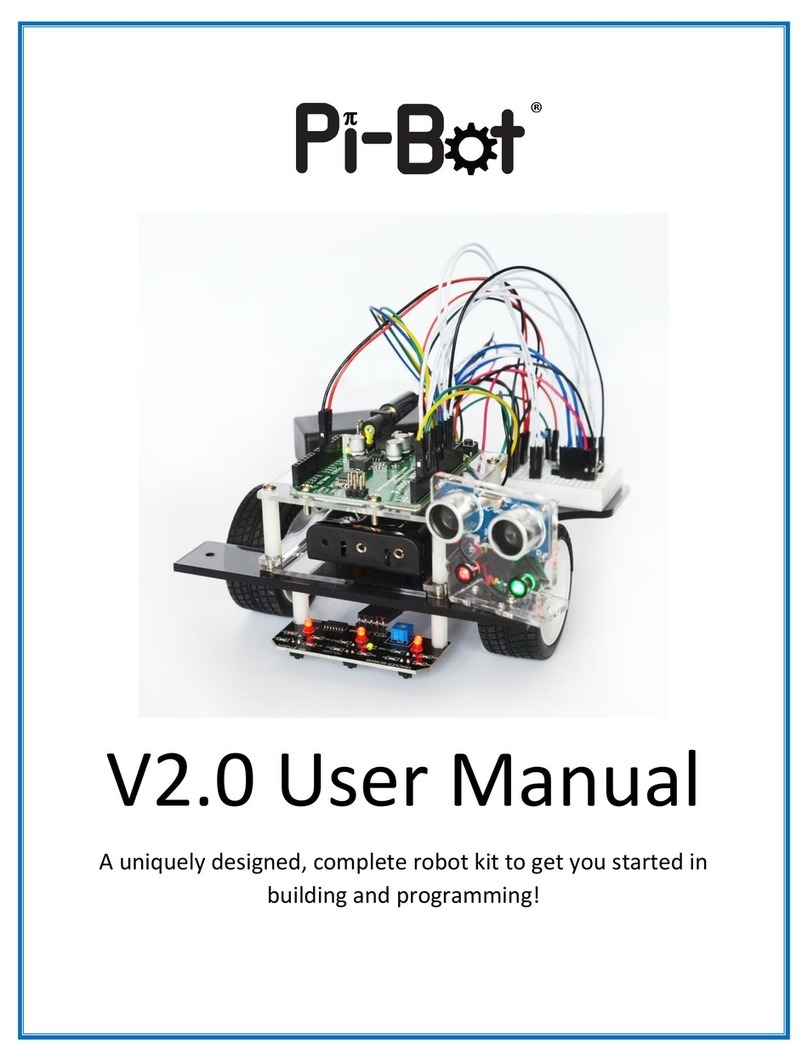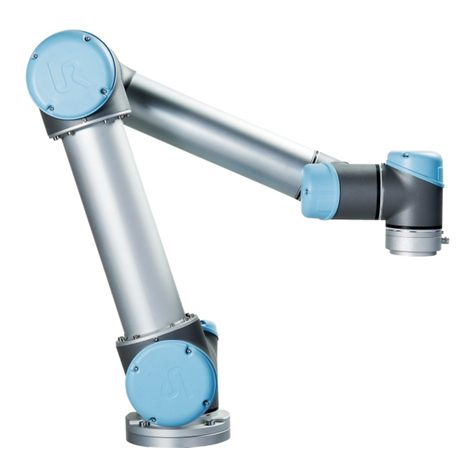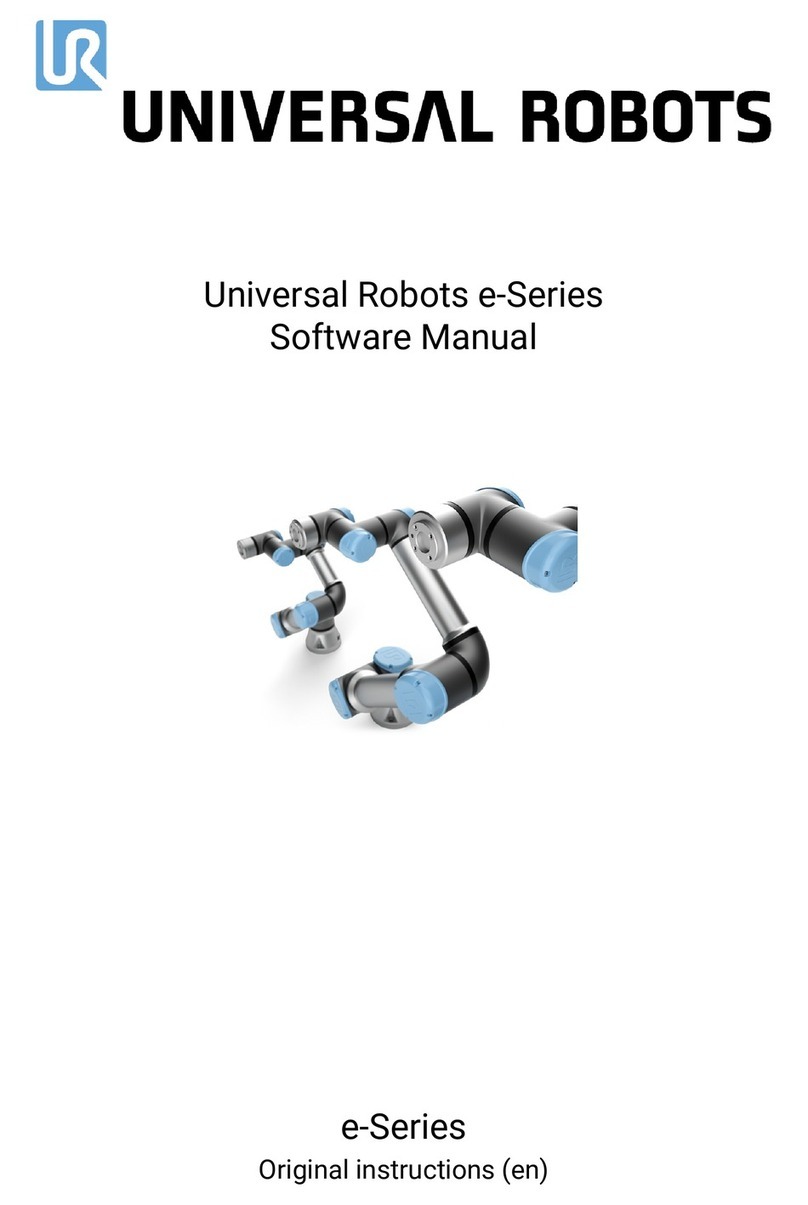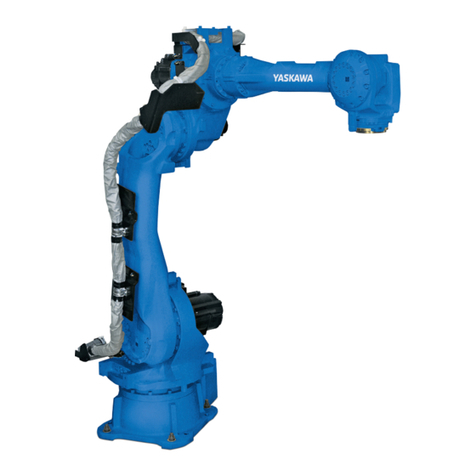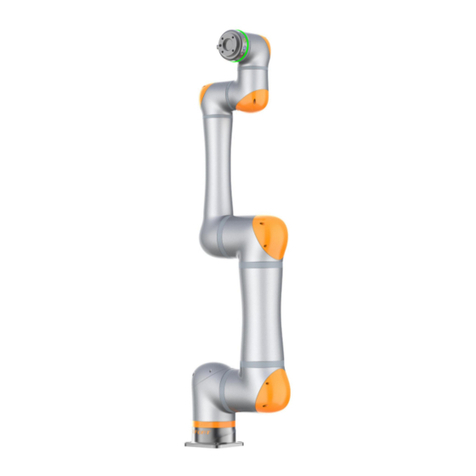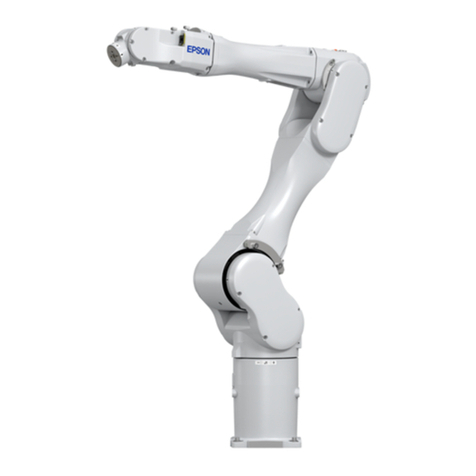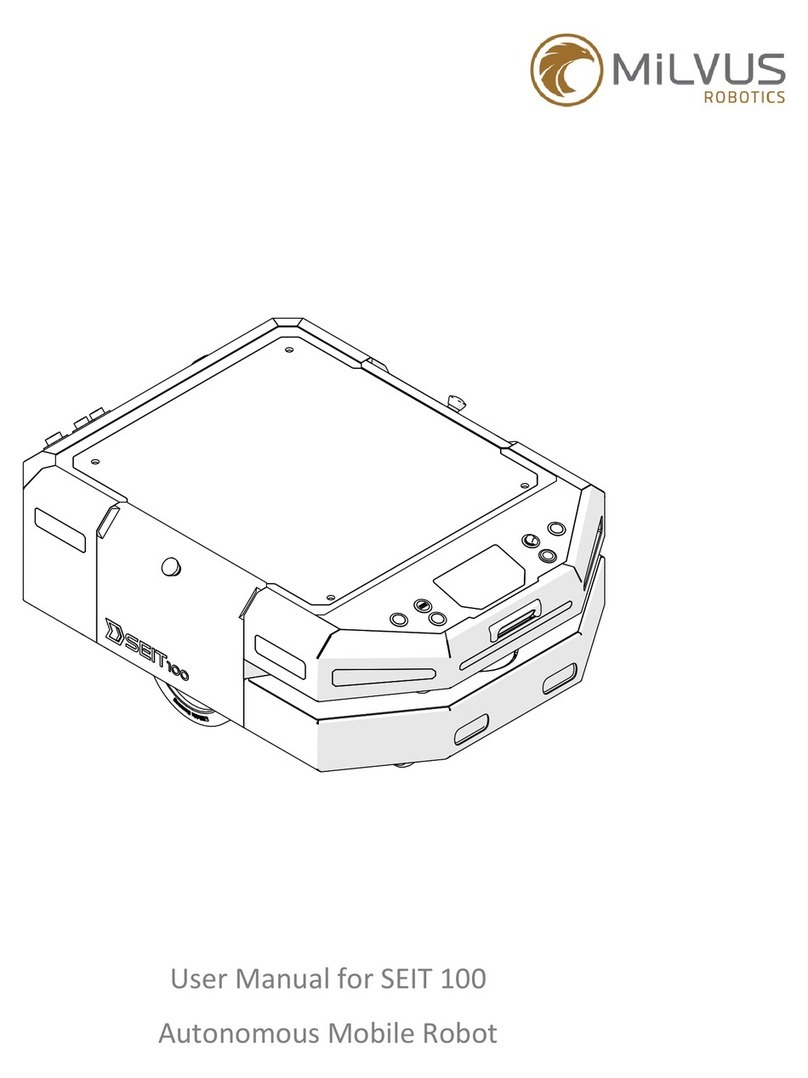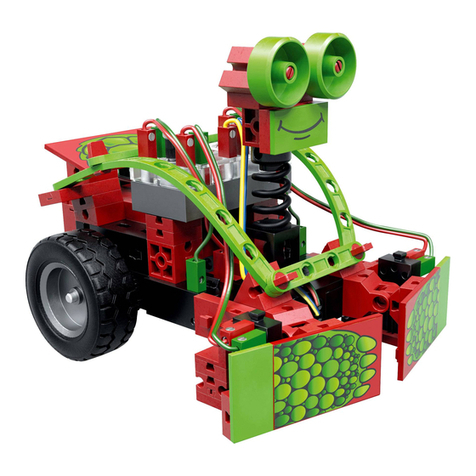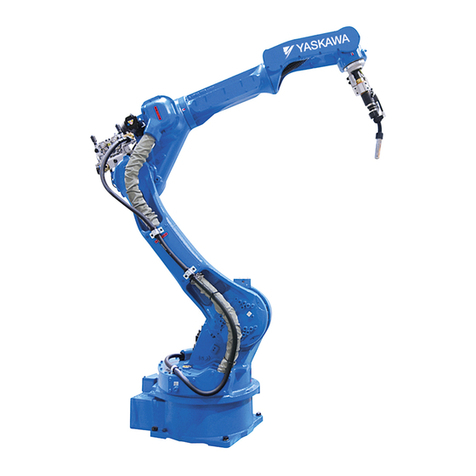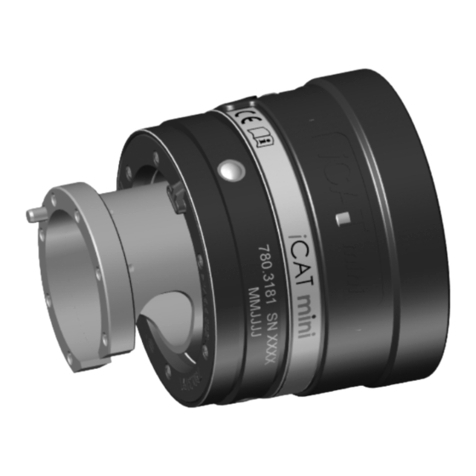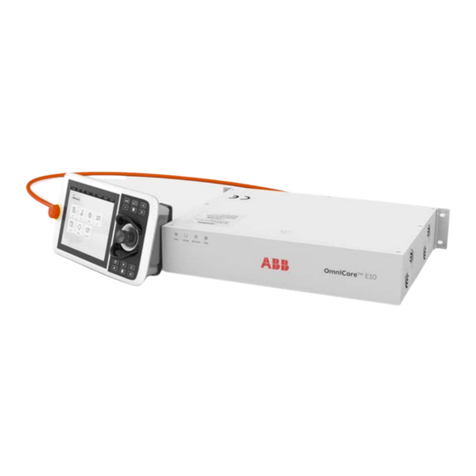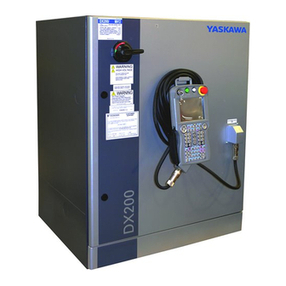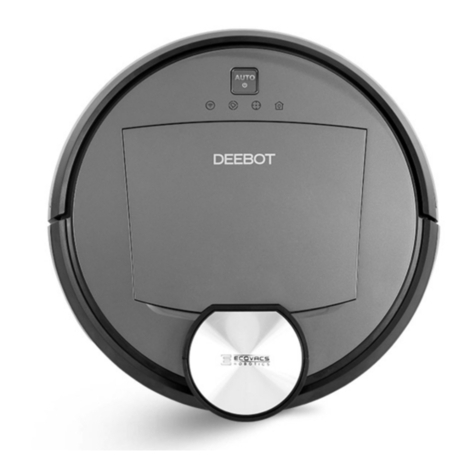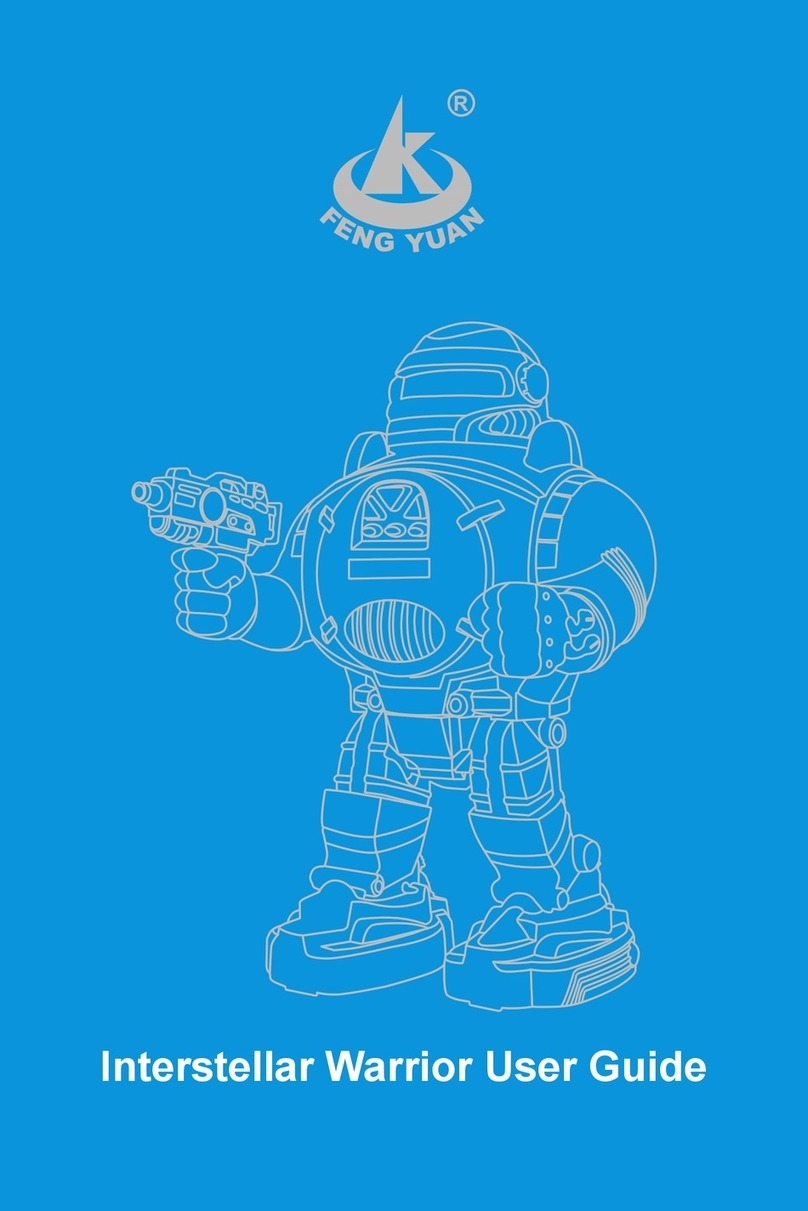
1
C23UE004-2109
Content
1. TRANSPORTATION AND INSTALLATION ...................................................2
1.1 TRANSPORTATION ................................................................................................................ 15
1.2 INSTALLATION...................................................................................................................... 25
1.3 CONNECTION WITH THE CONTROLLER....................................................................................... 27
1.4 GROUNDING ....................................................................................................................... 29
1.5 ENVIRONMENTAL CONDITIONS................................................................................................ 30
1.6 STANDARD AND OPTIONAL EQUIPMENT LIST.............................................................................. 31
2. BASIC SPECIFICATIONS ...........................................................................34
2.1 DESCRIPTION OF MODEL NAME .............................................................................................. 34
2.2 LABELS ............................................................................................................................... 35
2.3 ROBOT SPECIFICATIONS ......................................................................................................... 37
2.4 OUTER DIMENSIONS AND MOTION RANGE ............................................................................... 39
2.5 WRIST LOAD CONDITIONS...................................................................................................... 44
3. EQUIPMENT MOUNTING INTERFACE......................................................49
3.1 END-EFFECTOR INTERFACE...................................................................................................... 49
3.2 MOUNTING SURFACE ON THE ROBOT ....................................................................................... 50
3.3 PNEUMATIC INTERFACE.......................................................................................................... 53
3.4 R-I/O INTERFACE ................................................................................................................. 55
4. CALIBRATION .........................................................................................59
4.1 ZERO-POSITION SETTING ....................................................................................................... 59
5. MANUAL BRAKE RELEASE DEVICE (OPTIONAL).......................................64
5.1 SAFETY PRECAUTIONS ........................................................................................................... 64
5.2 CONFIRMATION BEFORE USING ............................................................................................... 64
5.3 OPERATION ......................................................................................................................... 66
6. MAINTENANCE AND INSPECTION...........................................................68
6.1 MAINTENANCE ITEMS ........................................................................................................... 68
6.2 MAINTENANCE METHODS ..................................................................................................... 72
6.2.1 Backup Batteries Replacement ............................................................................................ 72
6.2.2 Timing Belt Replacement..................................................................................................... 73
6.2.3 Grease Replacement ............................................................................................................ 77
7. SAFETY CERTIFICATION ..........................................................................79

